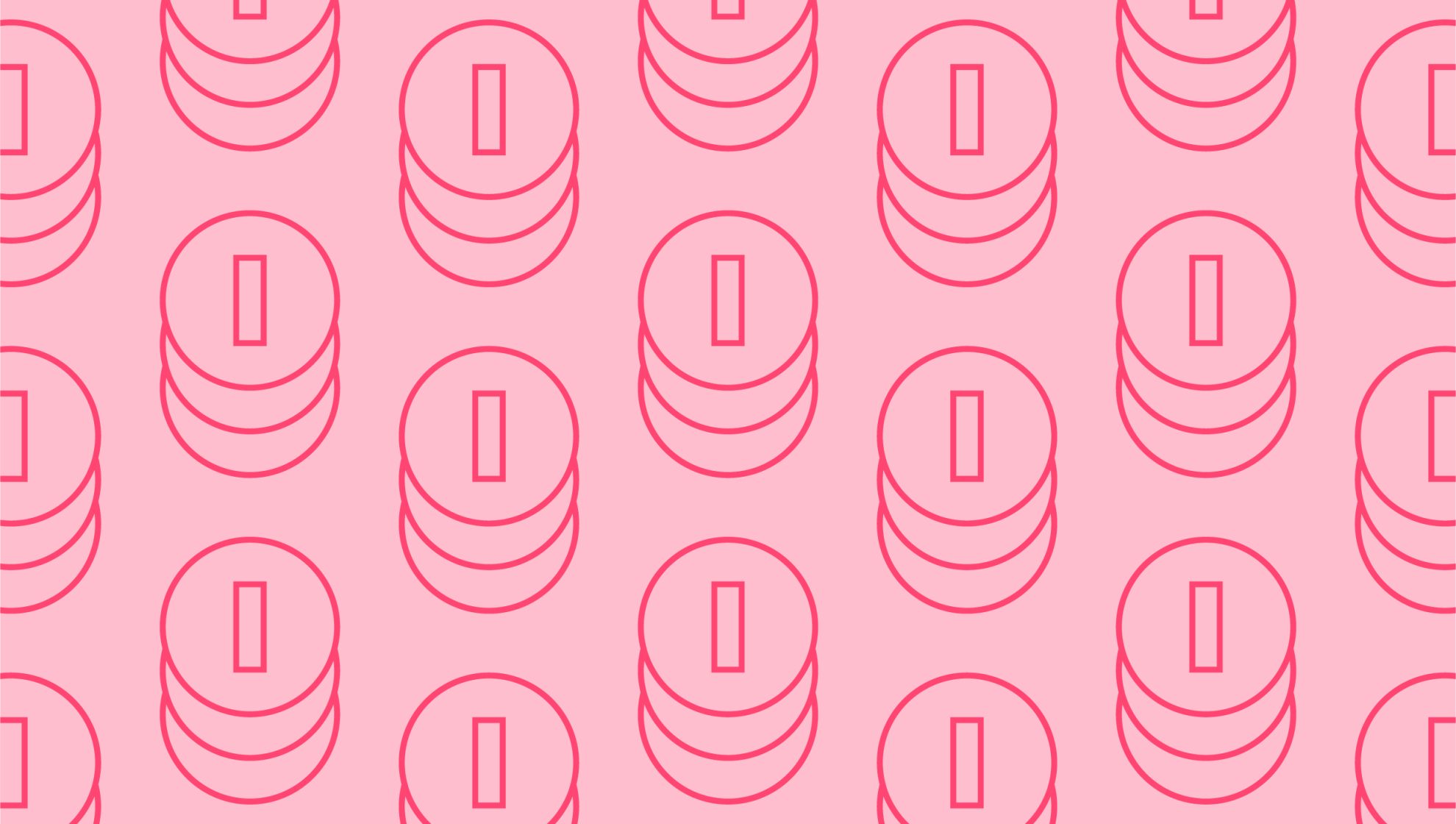Last editedOct 20202 min read
First introduced in 1995 by JP Morgan, credit default swaps have become notorious in recent years, but what’s the real story behind these important financial instruments? What is a credit default swap? Get the inside track on this widely used credit derivative with our comprehensive guide. We’ll cover the pros and cons of credit default swaps, as well as their involvement in the 2008 financial crisis.
Credit default swaps explained
A credit default swap is a financial derivative/contract that allows an investor to “swap” their credit risk with another party (also referred to as hedging). For example, if a lender is concerned that a particular borrower will default on a loan, they may decide to use a credit default swap to offset the risk. To do this, the lender will buy a credit default swap from another investor. If the borrower defaults, the investor will reimburse the lender, thereby protecting them from risk.
As you can see, credit default swaps are very similar to insurance policies, although they’re usually used to protect against the default of high-risk sovereign debt, corporate debt, emerging market bonds, municipal bonds, junk bonds, collateralized debt obligations, and mortgage-backed securities. It’s also important to note that the buyer of the credit default swap will need to make quarterly payments to the seller for providing the swap, not unlike an insurance premium.
What are the benefits of credit default swaps?
There are multiple advantages associated with credit default swaps. Most importantly, they protect lenders against credit risk, which enables buyers to fund riskier ventures. This can lead to more innovative businesses, thereby spurring economic growth. It’s also important to remember that companies that sell credit default swaps are protecting themselves through diversification. If a particular company defaults, the fees from their other successful swaps can cushion the blow. Furthermore, credit default swap accounting requires a limited outlay of cash and can provide access to credit risk without the associated interest rate risk.
What are the disadvantages of credit default swaps?
However, it’s important to note that credit default swaps have several significant drawbacks. Most importantly, they were unregulated until 2009. In fact, credit default swaps had a substantial role in the 2008 financial crisis, as many of the companies selling swaps were undercapitalized and didn’t have enough money to cover their defaults. Consequently, when the debtors defaulted on their loans, they weren’t able to make payment, and the credit default swap market collapsed.
How to buy a credit default swap
Despite the patchy history of credit default swaps, they can be a useful tool for portfolio management and speculation. It’s also worth remembering that the credit default swap market is now regulated. While there’s still a substantial market risk associated with CDS transactions (due to the ongoing possibility of an economic downturn causing massive defaults), buyers may still want to consider purchasing these types of financial instruments.
If you’re interested in learning how to buy a credit default swap, it’s simple. They’re traded over the counter (OTC) and are valued with industry computer programs. The value of the swap can fluctuate, depending on the probability of a credit event. If necessary, investors can exit the contract by selling their interest to another individual or entity. Because credit default swap accounting requires in-depth knowledge of the market, it’s far better suited to institutional investors rather than retail investors.
We can help
GoCardless helps you automate payment collection, cutting down on the amount of admin your team needs to deal with when chasing invoices. Find out how GoCardless can help you with ad hoc payments or recurring payments.


